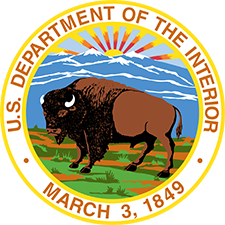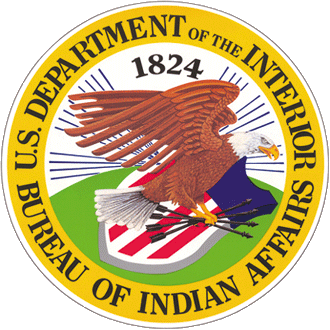Answer
Yes. American Indians and Alaska Natives have a long and distinguished history of serving in our nation’s Armed Forces.
During the Civil War, American Indians served on both sides of the conflict. Among the most well-known are Brigadier General Ely S. Parker (Seneca), an aide to Union General Ulysses S. Grant who recorded the terms of Confederate General Robert E. Lee’s surrender at Appomattox Courthouse in Virginia that ended the war, and Brigadier General Stand Watie (Cherokee), the last of the Confederate generals to cease fighting after the surrender was concluded. American Indians also fought with Theodore Roosevelt in the Spanish-American War.
During World War I over 8,000 American Indian soldiers, of whom 6,000 were volunteers, served. Their patriotism moved Congress to pass the Indian Citizenship Act of 1924. In World War II, 25,000 American Indian and Alaska Native men and women fought on all fronts in Europe and the South Pacific earning, collectively, at least 71 Air Medals, 51 Silver Stars, 47 Bronze Stars, 34 Distinguished Flying Crosses, and two Congressional Medals of Honor. Alaska Natives also served in the Alaska Territorial Guard.
Starting in World War I and again in World War II, the U.S. military employed a number of American Indian servicemen to use their tribal languages as a military code that could not be broken by the enemy. These “code talkers” came from many different tribes, including Chippewa, Choctaw, Creek, Crow, Comanche, Hopi, Navajo, Seminole, and Sioux. During World War II, the Navajos constituted the largest component within that elite group.
In the Korean Conflict, one Congressional Medal of Honor was awarded to an American Indian serviceman. In the Vietnam War, 41,500 Indian service personnel served. In 1990, prior to Operation Desert Storm, some 24,000 Indian men and women were in the military. Approximately 3,000 served in the Persian Gulf with three among those killed in action. American Indian service personnel have also served in Afghanistan (Operation Enduring Freedom) and in Iraq (Operation Iraqi Freedom).
While American Indians and Alaska Natives have the same obligations for military service as other U.S. citizens, many tribes have a strong military tradition within their cultures, and veterans are considered to be among their most honored members.


